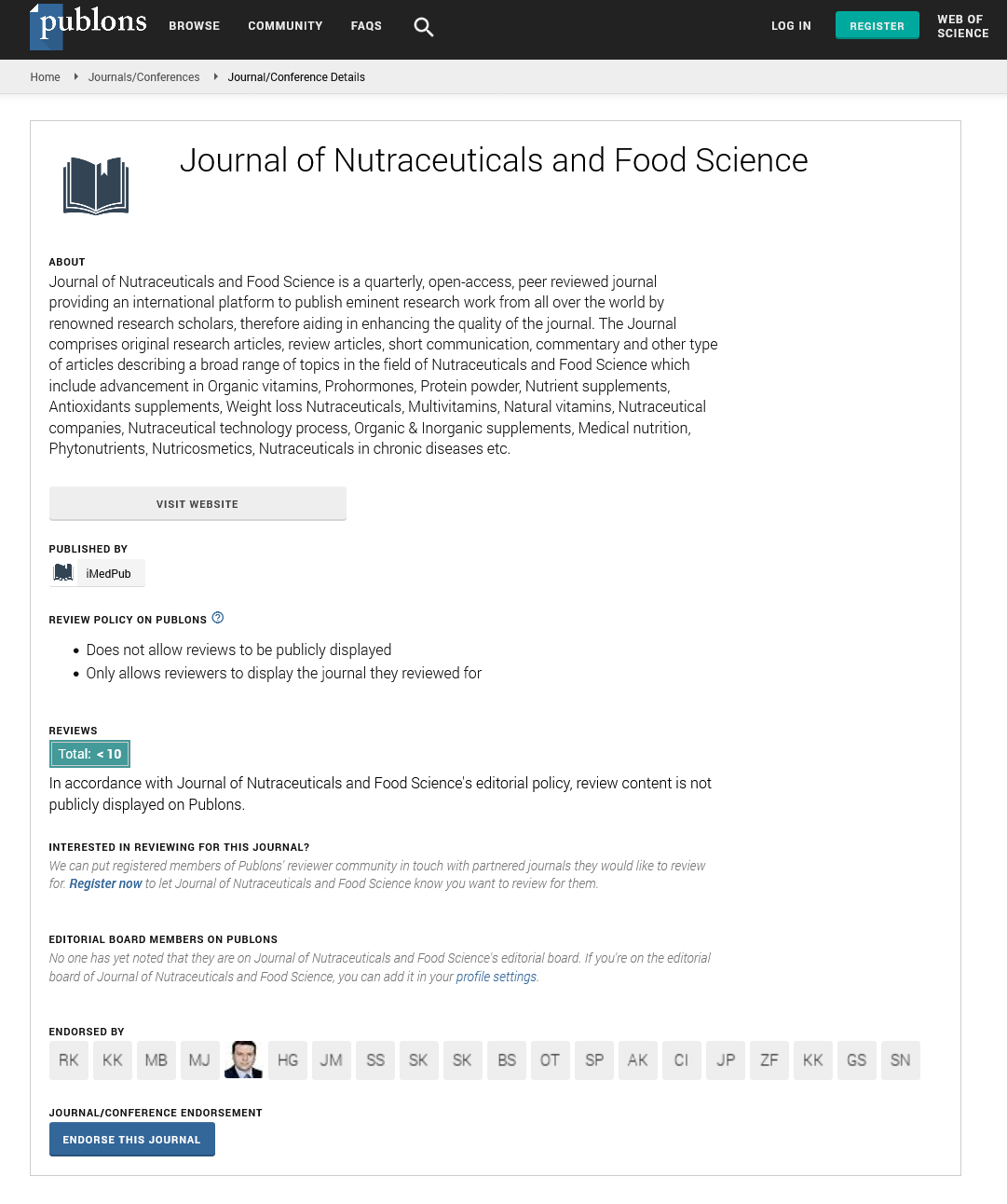Abstract
Gelation of UHT milk: An applicative study
Stability of UHT milk during storage is a crucial aspect for both consumers and manufacturers and gelation represents the main cause of product recall from the market. Factors causing milk gelation are not fully understood yet but a primary responsibility is attributed to bacterial peptidases remaining active in milk after thermal treatment. These peptidases are encoded by aprX gene that is mostly harboured by psychrotrophic bacteria. Thus, storage of raw milk at low temperature causes an increase in this population and ultimately in the enzyme density. In gelled UHT milk, these peptidases showed a specific proteolytic activity on k-casein, with the release of soluble peptides here proposed as early indicators of milk gelation onset. An applicative study was carried out to validate this approach and a Capillary Zone Electrophoretic method was developed to evaluate the presence of these markers in milk. Three bacterial strains (Pseudomonas poae, Pseudomonas fluorescens and Chryseobacterium joostei), isolated from raw bulk milk collected at an industrial plant, were inoculated (103- 104 CFU/mL) in microfiltered milk and incubated at 4°C for up to six days. Every day, the cultured milk samples were batch-sterilized (98°C for 8 min) and stored up to 90 days at 25 or 40°C to study the ability of peptidases previously produced by the three strains to release the target peptides and cause milk gelation. Specific proteolysis evaluated in these milk samples led us to formulate a mechanism for milk gelation onset.
Author(s):
Paolo D’Incecco
Abstract | Full-Text | PDF
Share this

Google scholar citation report
Citations : 393
Journal of Nutraceuticals and Food Science received 393 citations as per google scholar report
Journal of Nutraceuticals and Food Science peer review process verified at publons
Abstracted/Indexed in
- Google Scholar
- Publons
- Secret Search Engine Labs
Open Access Journals
- Aquaculture & Veterinary Science
- Chemistry & Chemical Sciences
- Clinical Sciences
- Engineering
- General Science
- Genetics & Molecular Biology
- Health Care & Nursing
- Immunology & Microbiology
- Materials Science
- Mathematics & Physics
- Medical Sciences
- Neurology & Psychiatry
- Oncology & Cancer Science
- Pharmaceutical Sciences


